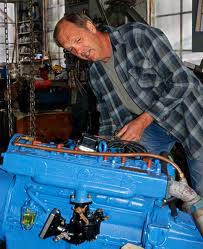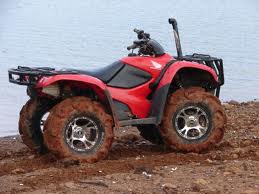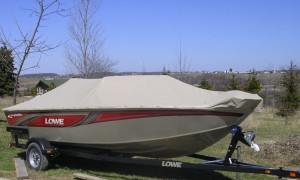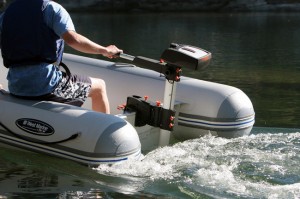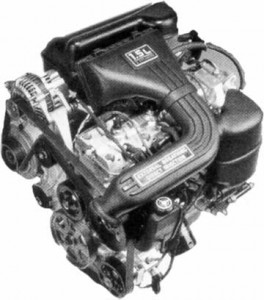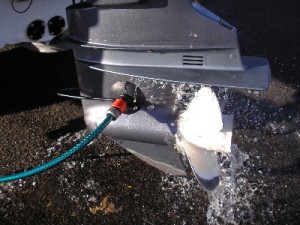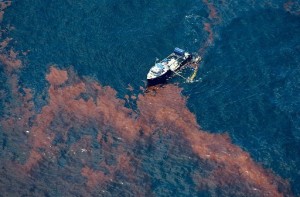Environmentally Friendly Boating Tip 6
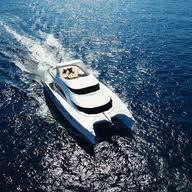 One thing that can’t be stressed enough is recycling. Recycle, recycle, recycle. This is one of the biggest, easiest ways everyone can contribute to environmental conservation. What does recycling mean to boaters? Well, in addition to keeping your trash out of waterways and off of coastlines, it means the proper disposal of batteries, paints and other chemicals. 12V batteries are one of the most recycled products on the planet. Any hazardous wastes must be disposed of properly and in accordance with local laws and regulations.
One thing that can’t be stressed enough is recycling. Recycle, recycle, recycle. This is one of the biggest, easiest ways everyone can contribute to environmental conservation. What does recycling mean to boaters? Well, in addition to keeping your trash out of waterways and off of coastlines, it means the proper disposal of batteries, paints and other chemicals. 12V batteries are one of the most recycled products on the planet. Any hazardous wastes must be disposed of properly and in accordance with local laws and regulations.
Many marinas and shops will offer a credit for an old battery when purchasing a new one. This is a nice incentive to anyone replacing a battery and also helps keep batteries out of landfills. In addition, never pump sewage out when you are near the shore. Check local regulations for specifics, but most marinas offer pump-out stations for proper waste disposal. And don’t forget to buy bulk oil for maximum savings this season.




